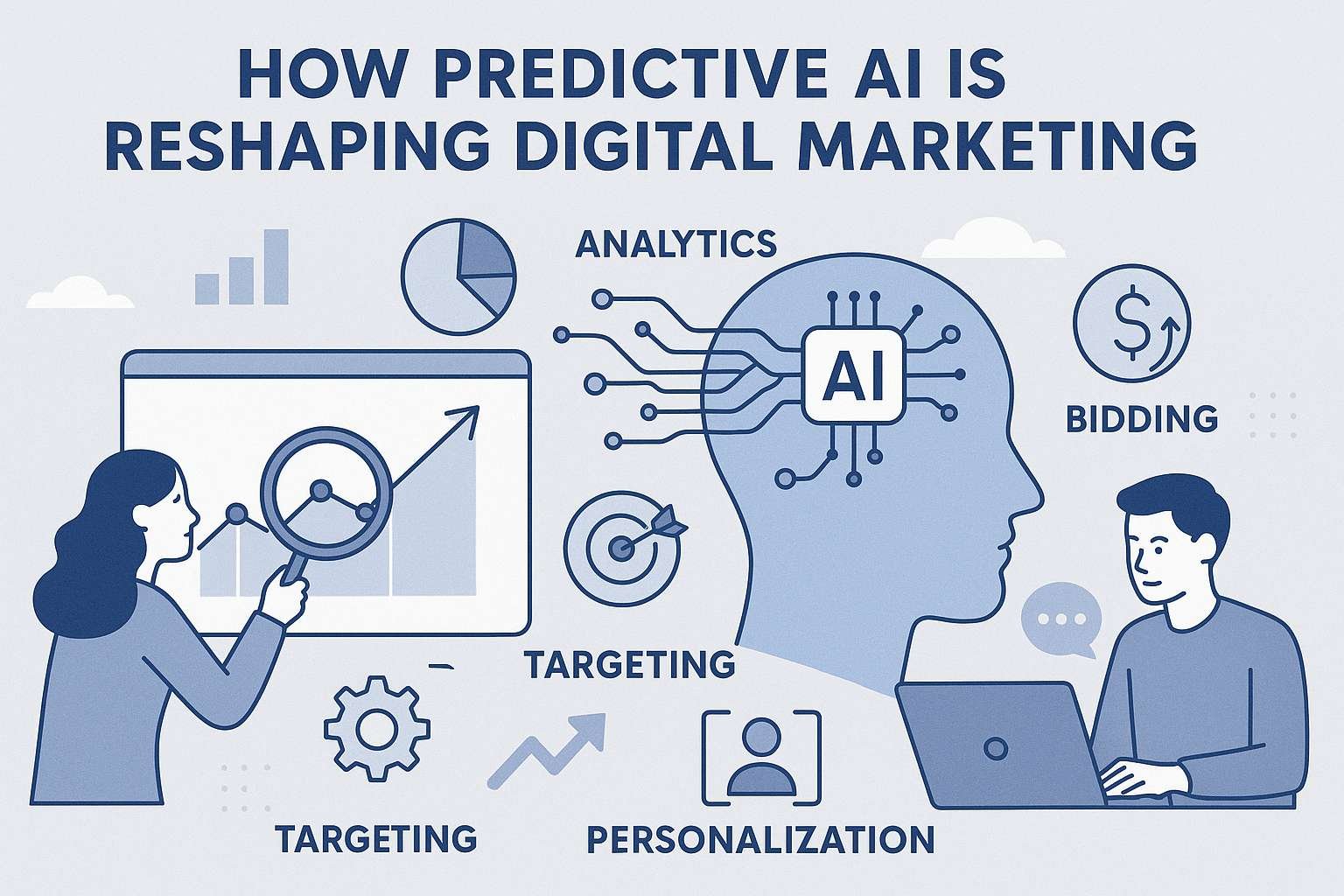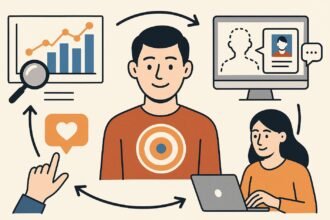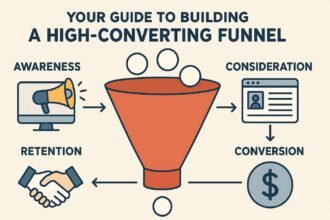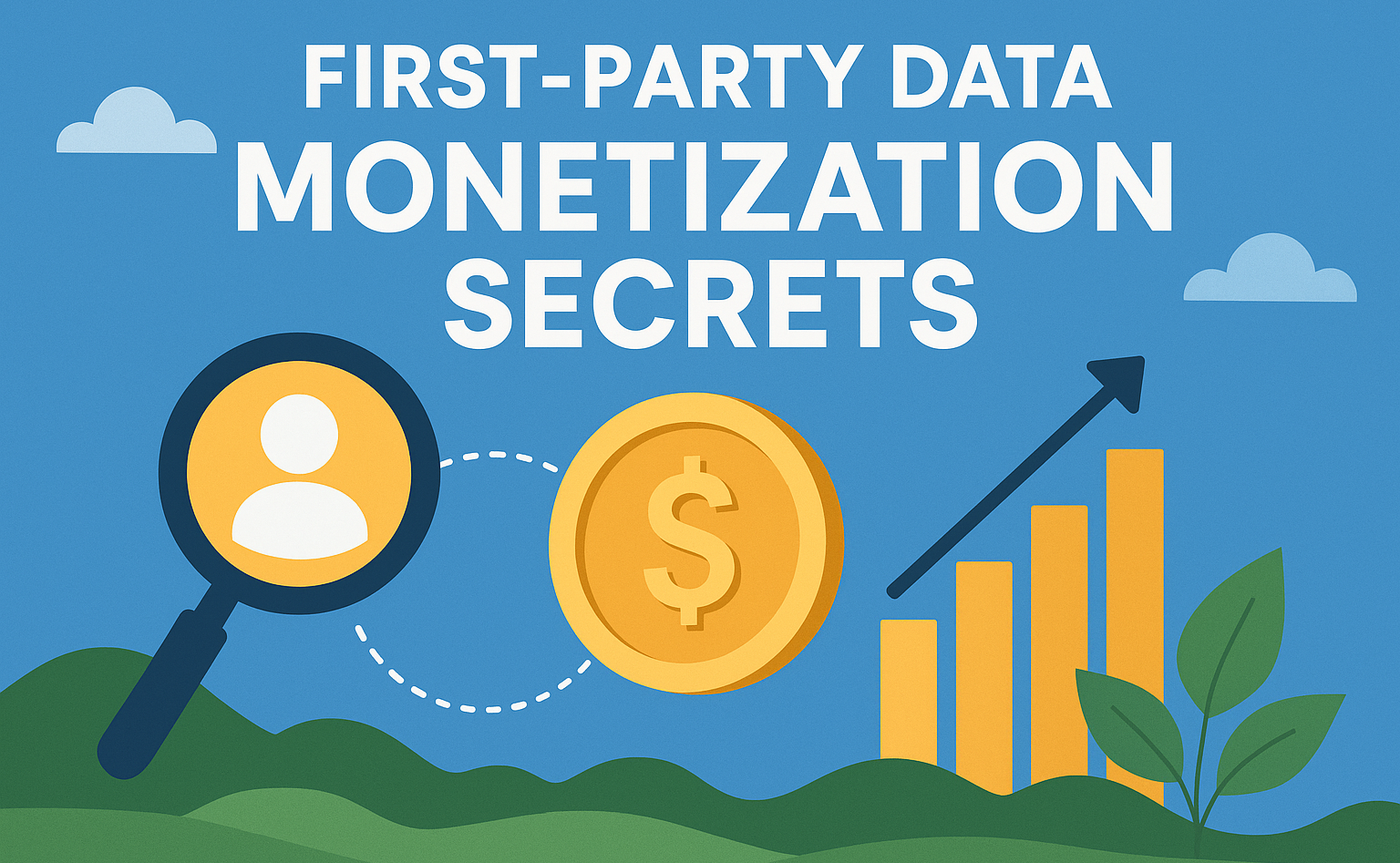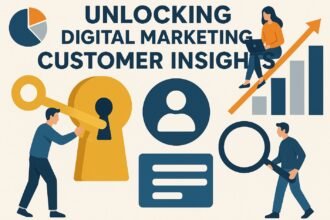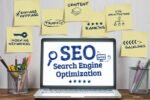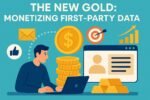It used to be that growth hacking was all about clever tricks like manual A/B testing, viral stunts, and guerrilla campaigns. But these days, growth hackers have a much better partner: AI that can predict the future. This isn’t just a new tool; it’s a new way of thinking about marketing strategy. Predictive AI can predict how customers will act, find hidden chances, and make complicated decisions automatically by looking at huge amounts of data. This gives marketers speed and accuracy that were unimaginable just a few years ago.
From Reactive to Proactive Marketing
In the past, marketers looked back. They asked:
- Which campaign did well?
- Which landing page had the most people who signed up?
- Which group of customers made the most money?
What’s the problem? That’s a response. You always seem to be a step behind.
AI that makes predictions changes the game. It doesn’t explain the past; it shows what’s coming next. This helps brands see trends, customer needs, and chances before their competitors do.
The Main Ideas Behind Predictive AI in Marketing
Predictive AI uses machine learning to look for patterns in old data and guess what will happen next. In marketing, this could mean:
- Guessing which leads will turn into customers
- Finding out which customers are likely to leave
- Finding out which content topics will get people interested
Here’s a simple breakdown:
| Step | What It Means | Example in Marketing |
|---|---|---|
| Data Prep | Get clean, unified data from ads, web, email, and CRM | Get customer data from HubSpot, GA4, and Shopify |
| Engineering Features | Change raw data into useful signals | “Time since last purchase” instead of just “purchase history” |
| Train the Model | Choose the right AI model and give it data to learn from | Using logistic regression to guess conversions |
| Putting into Action | Use predictions in real work settings | Send an email automatically when a lead scores well |
Where Predictive AI Is Making a Difference
Here are five ways that predictive AI is already changing growth hacking in a big way:
1. Better Scoring of Leads
Forget about the old point-based system, which gave 10 points for a demo and 5 for a white paper. Predictive AI looks at thousands of signals, like clicks, browsing patterns, and job titles, to find the best leads. Then sales teams can focus on the ones that really matter.
2. Predicting Churn
Keeping a customer is cheaper than getting a new one. AI can find customers who are likely to leave by looking for drops in usage, complaints about support, or lower engagement. Before it’s too late, marketers can step in with targeted offers, personal outreach, or loyalty perks.
3. Personalization That Changes
The idea that one size fits all is no longer true. Predictive AI changes websites, product suggestions, and even subject lines in real time. Think about an e-commerce homepage that shows the exact items that a customer is most likely to buy the next time they come back.
4. Optimizing Ad Spending
It’s not efficient to change ads by hand. AI can predict which channels and creatives will bring in the most money for the least amount of money spent, and then it will automatically move money around. This makes sure that every dollar spent on marketing works harder.
5. SEO and Content Strategy That Predicts the Future
AI can tell you what topics and keywords will be popular in the near future, so you don’t have to guess what to write about. Brands can get ahead of the game by making content before it becomes popular, which helps them get higher rankings and more exposure.
A Useful Guide to Getting Started with Predictive AI
You don’t need a lot of data scientists. Begin small and wisely:
- Define the problem first: Don’t do AI just for the sake of it; set a goal, like lowering the number of people who leave or raising the number of people who buy.
- Check your data: Know what data you have, where it is, and where it is missing.
- Choose the Right Tools: Salesforce, HubSpot, and DataRobot are examples of platforms that come with built-in predictive features.
- Do a Pilot Project: Test it out in one area, like lead scoring, before using it everywhere.
- Integrate into Workflows: A lead score doesn’t mean anything unless it leads to real actions.
- Keep Getting Better: As customer behavior and markets change, retrain your models often.
The Future of Marketing: Be Proactive, Not Reactive
Predictive AI isn’t going to take the place of human creativity. It makes things stronger instead. It takes the guesswork out of marketing, giving marketers more time to focus on telling stories, making plans, and connecting with customers in a real way.
The companies that win tomorrow won’t just have the most money; they’ll also be the ones who can see how customers will act in the future and do something about it today.
👉 In short, predictive AI makes marketing a forward-looking field where you don’t just react to data, you also guess what will happen next.


